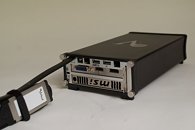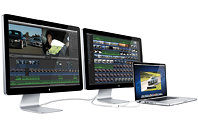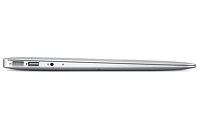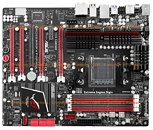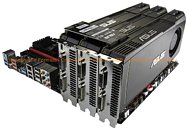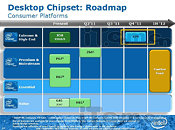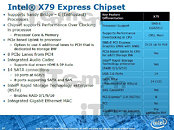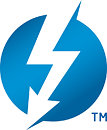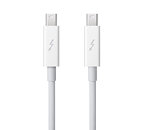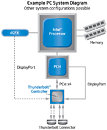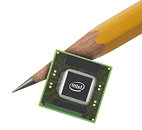Village Instruments to Develop External GPU Enclosure Making use of Thunderbolt
Village Instruments ran a snap poll on Facebook to see if the Mac user community is interested in a graphics card enclosure that makes use of the Thunderbolt IO interconnect. The response was positive, and so the company decided to work on such a device. The enclosure holds a PCI-Express x16 slot along with a variety of miscellaneous I/O connectors. It connects to the latest generation of Macs and Macbooks over the 10 Gb/s Thunderbolt interconnect. It will power the graphics card using an external power brick. Village Instruments isn't new to such devices, the company currently sells ViDock, a device that does the same over ExpressCard interface. ExpressCard's bandwidth is much lower than that of Thunderbolt, but it still gets the job done in running a graphics card, even if not at its top performance. The ExpressCard ViDock is pictured below.
